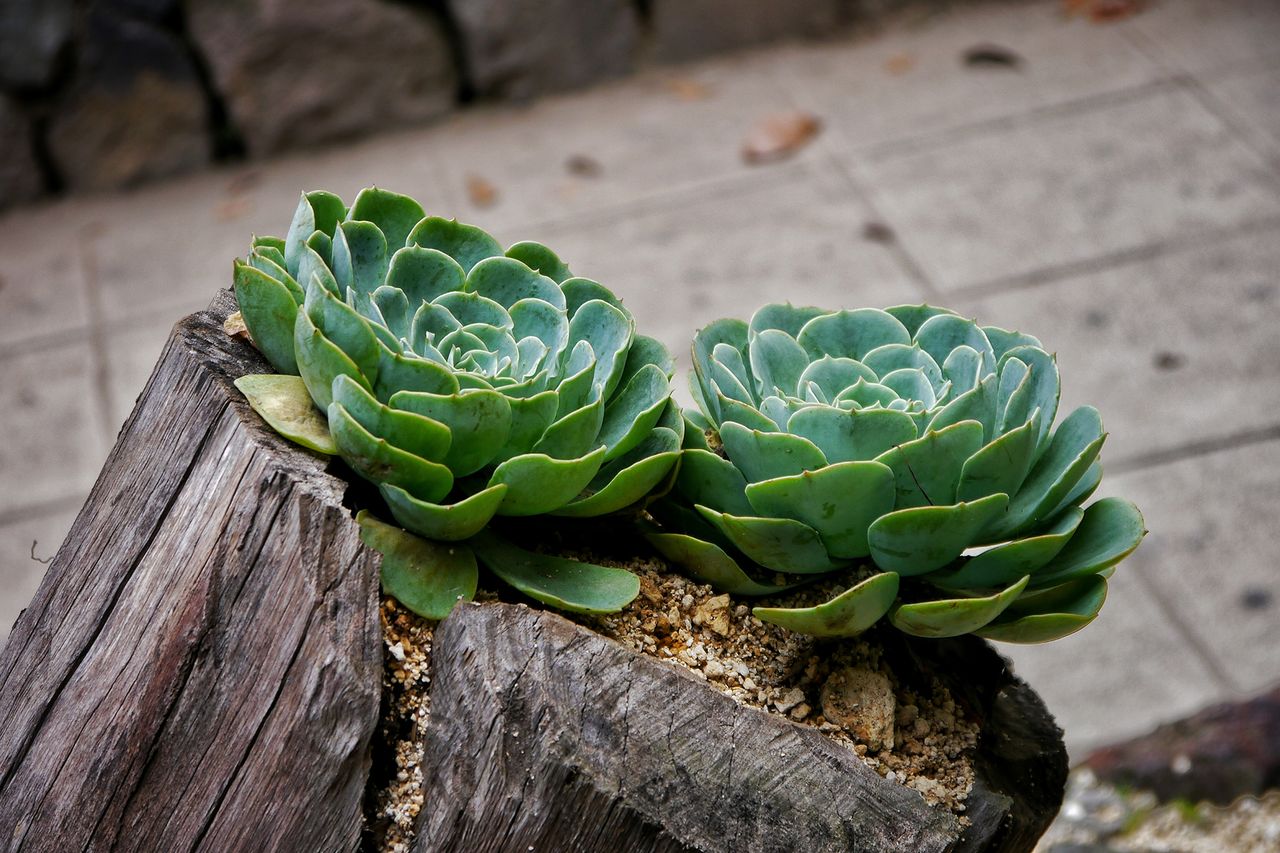5 ways to make dying succulents thrive again – great results guaranteed
Discover how to make dying succulents thrive again. These are the expert tips you need to know


Succulents can be wonderful living feature whether grown indoors or out but sometimes they don’t do well – and that’s when you need to know how to revive them and make dying succulents thrive.
As a rule, caring for succulents is straightforward making them one of the best indoor plants you can choose to cultivate, but even these easy-to-grow plants can show the signs that mean something needs to change.
Here, we’ve put together a guide to the five ways your plant care practices might have to be revised so you can make dying succulents thrive again and keep them that way.
5 ways to make dying succulents thrive again
Fascinatingly intricate and available in a host of different colors, shapes and sizes, succulents are a broad group of plants, well worth getting to know. Hailing from arid climates with infrequent rainfall they have thick, fleshy leaves that act as water reservoirs and vary from low growing ground cover to dramatic and sculptural plants standing up to 3 feet (90 cm) tall.
Here’s how to keep these welcome additions to house or garden healthy.
1. Water succulents correctly
It’s crucial to know when to water succulents. Originating from arid areas they have evolved to cope with torrential downpours followed by weeks of drought. The way to ensure they thrive? Echo these conditions in your watering routine.
Always plant succulents in gritty, well-draining soil or in a pot with plenty of drainage holes. Soak plants roots thoroughly for 5 to 15 minutes, being careful to avoid wetting the foliage, before letting the soil dry out completely. Repeat every two to three weeks.
2. Feed succulents to keep them healthy
Just like all plants, succulents need food to ensure they thrive. ‘Help them grow healthily by giving them a feed with liquid fertilizer once per month in spring and summer,’ says Richard Cheshire of Patch Plants. ‘Make sure to use feed specifically formulated for succulents and cacti.’
3. Keep succulents warm
Keep succulents warm to keep them healthy. Hailing from deserts, arid plains and other dry climates these plants are sun lovers and hate to sit in cold spots with waterlogged soil.
Some sedums and semperviviums will cope with freezing temperatures but given the choice they prefer warmer conditions and will reward with more colorful and vibrant growth.
4. Provide suitable soil
Growing succulents in the right soil is super important as their roots will rot quickly if left in soggy conditions. If your plant is looking a little sorry for itself, check the soil and replace it if necessary.
Specialist cactus and succulent mix is the best choice as it has plenty of grit, sand and perlite added into a fine compost.
5. Keep damp at bay
Increasing ventilation and evaporation around succulents can really help keep damp and rot at bay. Not usually a problem with outdoor plantings thanks to natural air circulation, it can be an issue with those grown indoors in pots. The experts at the British Cactus and Succulent Society advice, ‘It is advantageous to add a top dressing of grit, coarse sand or small pebbles to enhance the appearance, to inhibit the growth of mosses and algae and to reduce the tendency for rot at the base of the plant.’
Sign up to the Homes & Gardens newsletter
Design expertise in your inbox – from inspiring decorating ideas and beautiful celebrity homes to practical gardening advice and shopping round-ups.

Journalist Jill Morgan has spent over 20 years writing and editing gardening, interior and property features. Titles she has worked on include The English Home, House Beautiful, Ideal Home, Houzz and Modern Gardens and she writes regularly for H&G as a Contributing Editor. Whilst she is a dab hand at renovation projects and DIY, she is happiest when out digging in the garden or planning a new border.
-
 Looking to create a designer feel in your sleep space? Our style editor breaks down 3 shoppable bedroom schemes for a spring refresh
Looking to create a designer feel in your sleep space? Our style editor breaks down 3 shoppable bedroom schemes for a spring refreshI’ve sourced the exact pieces you need to shop these designer bedroom schemes and bring their spring-ready style home
By Charlotte Olby Published
-
 This interior designer just showed 3 creative storage ideas that I had never thought of before – from an editor who thought they'd seen it all
This interior designer just showed 3 creative storage ideas that I had never thought of before – from an editor who thought they'd seen it allInterior designer Alice Grace shares her creative, custom, and completely game-changing storage tricks that she's used in her new-build home
By Charlotte Olby Published